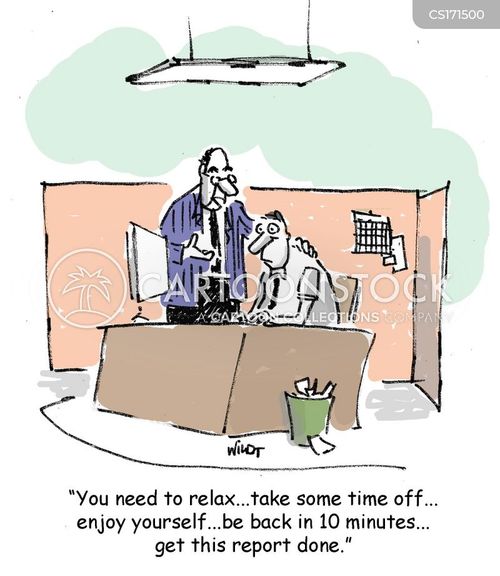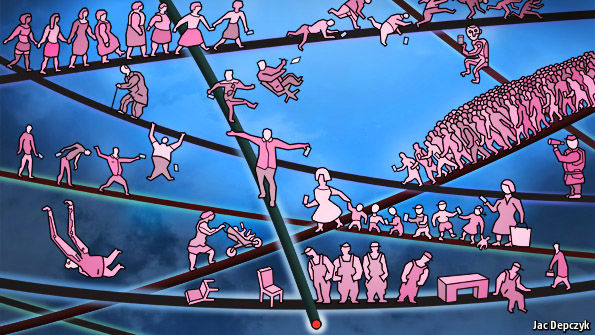In the venerable classic Frankenstein by Mary Shelley, the mad scientist is going about his lab, yelling and screaming orders at his faithful and slumped assistant Igor. The basic premise is that Igor is the one carrying out the orders of his "master", as he hobbles, limping back and forth. "Do this Igor...do that too Igor...that's it Igor...pull the switch Igor....IT'S ALIVE...ALIIIIIVVVVVE!
Off goes the doctor to pull off the bandages of his latest creation, while Igor hobbles off to reset the machine. Once again, the doctor gets all the glory and Igor is resetting the machine.
How many times in organizations are employees treated like little minions of the bosses in charge, pulling the switches, running the machines and hobbling all the way back to reset? More often than not, the mad scientist takes the credit, publishing the work for all of the world to see, while Ygor continues hobbling at his assigned tasks. Do we honestly believe Ygor to be the one who did all the work, getting none of the credit?
How do we become mad scientists ourselves?
This only comes through exuding "strength and confidence", states Kevin Daum in an article published in "Inc.com". Often times, it could be as simple as keeping quiet and allowing silence to be the greatest tool of showing self-confidence. Daum gives (10) steps to improving your self confidence that we will briefly give some review to as well. So, here we go...
Keep your head up
By allowing individuals to actually see your face, you give the appearance of being alert and
engaged with the world around you.
Sit up
How many times did our parents tell us to sit up at the dinner table? Well, in studies published in the European Journal of Social Psychology, (2009), body posture is a key component of exuding self-confidence.
Or stand up
With standing, it forces you to keep an erect posture, thereby exuding confidence and engagement.
Have a firm grip
Don't be labeled with a weak handshake.
Make eye contact
In many instances, lowered or shifting eyes gives the impression of being shiftless or unconcerned. Also, the goal is to allow people to connect with you through your gazing intent.
Stay close
Don't invade the other person's space, but keep in mind that distance does exude distance. Also, it's no good to yell across the room....RUDE!
Dress well
This is a major component of making an impression. How many times do we see individuals who have not taken the proper amount of time in grooming. Everyone cannot afford to wear quality name brands, but little things like going to second hand stores, getting clothes pressed, shoes shined and grooming, give the appearance that you care about who you are. If someone cares about themselves, it may be possible that they are concerned about other areas of life, (i.e. work).
Have a great gait
If you walk with confidence, then your spine will show it. Graceful movement is an essential part of this. Surprisingly, no one would ever think that ballet would help a football player with fancy footwork. Well, for all of the rest of us, dance classes, martial arts, and even jumping rope, will help us improve our standing position.
Pay attention
Stay focused on the subject at hand as having a distracted gaze may give the appearance of being unconcerned about the ongoing topic.
SMILE!
The old saying "laugh and the world laughs with you" applies also when it comes to smiling. Those who don't know you, will have a lasting impression of an approachable person if they see you are engaged in a kind gaze.
Don't forget, we are all trying to be our own mad scientists, so don't hobble off to turn off the machines.
Have a good weekend.
thepaperpushers are out....
TPP





